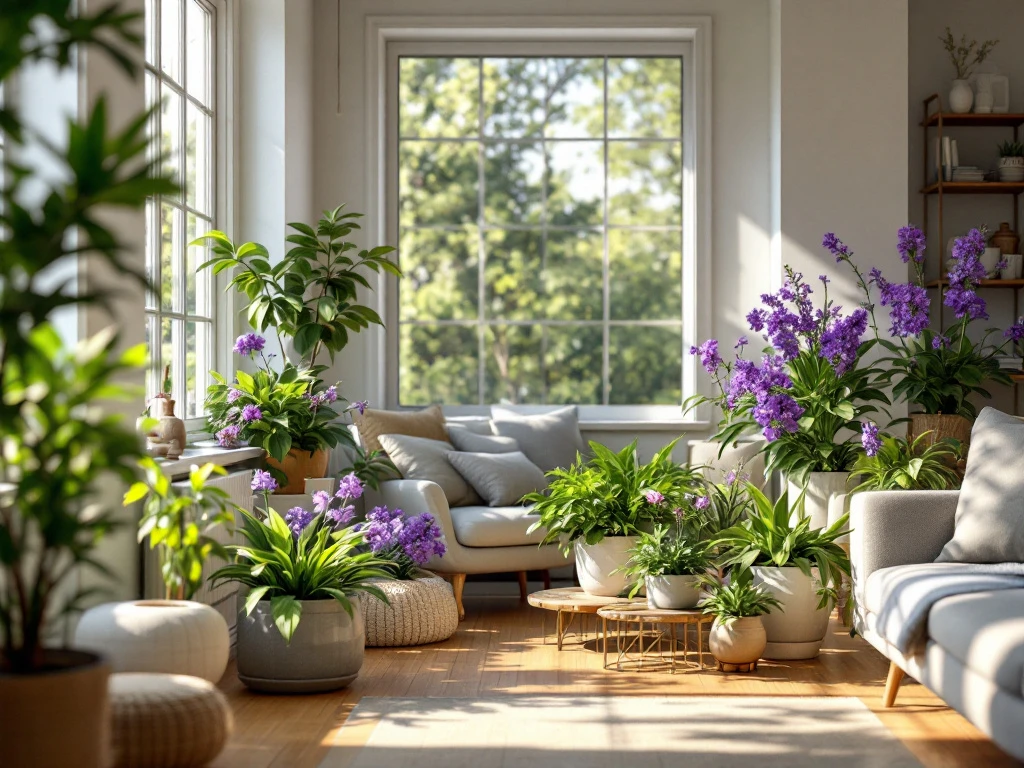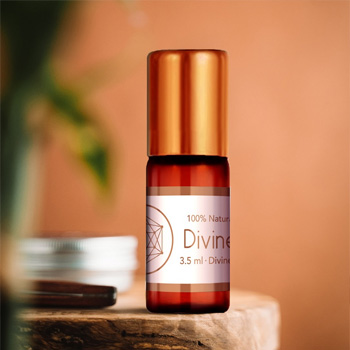
—
Table of Contents
– Which Purple Flowering Indoor Plants Thrive in Northern America?
– How to Ensure Your Indoor Purple Plants Bloom and Flourish
– The Best Indoor Purple Blooms: Tips for Any Light Condition
– Creating Beautiful Indoor Spaces with Purple Flowering Plants
Which Purple Flowering Indoor Plants Thrive in Northern America?
In Northern America, you’re spoiled for choice with stunning purple flowering indoor plants that can bring vibrant colors into your home year-round. The African Violet is a beloved staple, adored for its lush violet petals that can bloom with the right care. Think of it as setting the stage for a floral performance all year, with vibrant colors that lift your spirits.
Phalaenopsis Orchids are another fantastic indoor choice. Their exotic appearance combined with long-lasting blooms can transform any space into an elegant haven. Handling them might feel like nurturing a delicate piece of art, but the payoff is well worth it.
Lavender, typically associated with outdoor gardens, can also thrive indoors. Its soothing fragrance is a bonus to its charming purple display, making your home both visually and aromatically appealing.
Then there’s the Persian Shield, a plant with striking metallic purple leaves. Given enough indirect sunlight, it may even surprise you with tiny purple flowers.
The Purple Shamrock stands out for its triangular leaves and unexpected blooms of delicate white or light pink flowers. Its deep purple leaves make it a spectacular addition to any indoor garden.
Exploring these options, you can create a stunning indoor garden with vibrant purple hues as the centerpiece.
How to Ensure Your Indoor Purple Plants Bloom and Flourish
To ensure your purple flowering indoor plants bloom and thrive, you’ll need to cater to their specific needs. Like a symphony conductor with a keen ear, you’ll set the perfect stage for your plants to shine. Start with lighting: while African Violets prefer bright, indirect light, Phalaenopsis Orchids will need a bit more shade. Place them in a spot where they can soak in just the right amount of sunlight without burning their delicate petals.
Watering is another crucial factor. Overwatering is a common mistake, so let the top inch of the soil dry out between waterings. Lavender and the Purple Shamrock, for instance, appreciate a little drought between drinks. Meanwhile, a bit of humidity can work wonders for Orchids and African Violets, mimicking their natural tropical habitats.
When it comes to feeding, indoor plant fertilizer, used as directed, can provide essential nutrients to keep your plants healthy. Think of it as fueling their journey to stunning blooms.
Regular checks for pests like aphids or spider mites are essential. A gentle, homemade soap spray can address these issues without harsh chemicals.
With these care tips, your purple plants will not just survive but truly flourish, bringing vibrant elegance into your home.
The Best Indoor Purple Blooms: Tips for Any Light Condition
Creating a flourishing indoor garden with purple blooms requires understanding the light needs of your plants. Every plant is like a unique puzzle, fitting into different parts of your home based on its light requirements. African Violets, for instance, are versatile, thriving in bright, indirect light. Place them on a windowsill with filtered sunlight to let them dazzle you with their vibrant blooms.
Orchids, on the other hand, prefer less direct light. An east or north-facing window might provide the perfect soft glow to keep them happy without overwhelming their delicate flowers. If your space is a bit dim, consider using artificial lighting. There are many indoor plant lighting options available, designed to replicate the sunlight they crave.
The Persian Shield and Lavender benefit from indirect sunlight, making them suitable for places near but not directly in front of windows. The Purple Shamrock, with its less demanding light needs, can adapt to lower light spaces, like interiors or rooms without direct sun.
Adjusting your plant placement throughout the year to accommodate changing light angles can keep your indoor garden vibrant. With the right balance, you’ll enjoy lush, purple blooms brightening up any corner of your home, regardless of its lighting condition.
Creating Beautiful Indoor Spaces with Purple Flowering Plants
Transforming your home with purple flowering plants involves a bit of creativity and planning, much like an artist arranging their palette. Start by considering the different plant varieties you have and how their shades of purple, from deep violet to the softest lavender, can complement each room.
Incorporate African Violets in cozy nooks where their vibrant blooms become focal points. These small but mighty plants are perfect for brightening side tables or kitchen counters. You might pair them with lush greenery for contrasting textures.
Purple Orchids add elegance to your home office or living space. Their long-lasting blooms make them ideal for desks or mantlepieces, where they can be admired often. Their graceful appearance provides a serene backdrop for mental clarity and productivity.
Lavender emits a calming fragrance and can be a delightful companion in bedrooms, promoting relaxation and better sleep. Use them in decorative pots to match your decor for a cohesive look.
For a bold style statement, the Persian Shield, with its metallic leaves, can be set near entryways, offering a welcoming burst of color. When designing your plant displays, remember to arrange them at varying heights for dimension.
These purple beauties can breathe new life into your living spaces, creating visually stunning and serene environments to enjoy every day.
Conclusion
Cultivating purple flowering indoor plants in your home is a journey towards creating a vibrant and peaceful environment. With the right care, plants like African Violets, Orchids, and Lavender can thrive, adding stunning colors and soothing aromas to your spaces. You’ve learned how to adjust light conditions, manage watering, and create delightful arrangements that enhance any room. Embrace this opportunity to connect with nature and enrich your living environment. Whether you’re enhancing a cozy corner or transforming a whole room, these purple beauties make an inspiring impact. You’ve now got the insights you need—why not bring a little more purple into your world today?
FAQs
Q: How often should I water my purple indoor plants?
A: Watering depends on the specific plant and its environment. Generally, allow the top inch of soil to dry out before watering again. Most indoor plants prefer consistent moisture without being waterlogged.
Q: Can purple flowering indoor plants thrive in low light?
A: Some plants, like the Purple Shamrock, adapt well to low light. However, most purple flowering plants flourish in bright, indirect light. Consider using grow lights if natural light is insufficient.
Q: What’s the best way to boost blooms in my indoor plants?
A: Ensure they receive enough indirect light and maintain proper watering. Using a balanced indoor plant fertilizer during the growing season can support blooming. Regularly remove spent blooms to encourage new growth.
What is next?
Ready to transform your space with beautiful purple blooms? Begin by selecting the right plants for your lighting conditions and personal style. As you introduce these captivating flowers to your home, remember to adjust their care based on their unique needs. If you’re unsure about the best plants or how to care for them, why not seek professional guidance? Book a consultation at www.gardencenter.com to get personalized advice and create an indoor garden that reflects your personality. With expert insights and your newfound knowledge, you’ll soon enjoy a vibrant, blooming sanctuary at home. Your purple paradise is just a step away!







